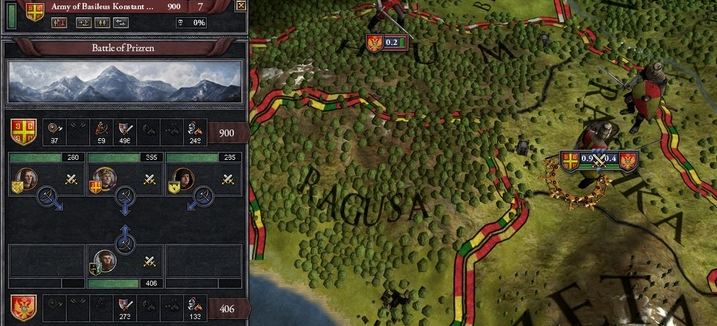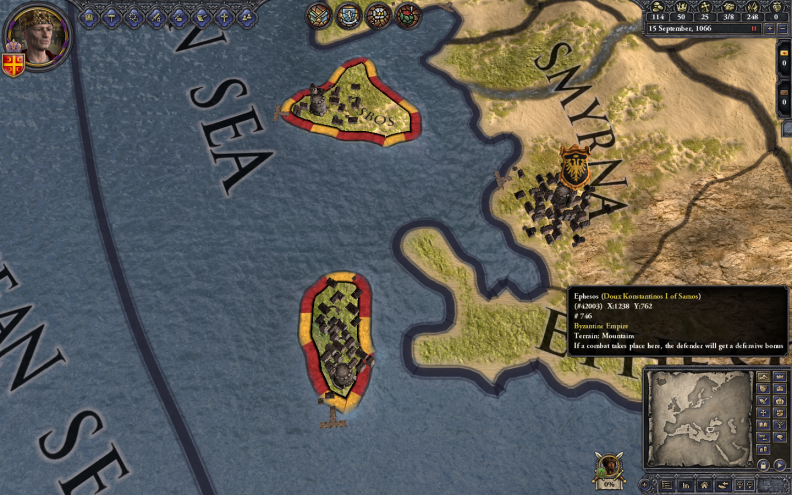

The enemy flank will now be under attack from two flanks, thus taking considerably more damage, and will thus usually be rapidly eliminated from combat.Īttack controls how much damage a unit does, while defense controls how much damage it takes. It will now also get a flanking bonus of 10%, meaning it does 10% more morale and troop damage. When a flank no longer has an equivalent flank to attack, it will help another flank instead.

After 5 days, the flank will be removed from combat. This is where light cavalry truly excels, but heavier cavalry also does well. When the morale of a flank reaches 25%, they will start retreating, and combat will switch to the Pursue phase. Do note that flanks don't necessarily have to be in the same phase as each other, and they'll usually enter Melee at slightly different times. After a few days, it will switch to the Melee phase, where melee oriented units like heavy infantry and pikemen excel. This is when archers and horse archers excel, and they'll be the only ones doing any major damage. All battles will start in the Skirmish phase. An army composed of the soldiers from a church, city, and castle in the same province will suffice, but a single mercenary band will not.Ĭombat is divided into three phases Skirmish, Melee, and Pursue. To have more than one flank you need multiple armies, though they can be merged into one. Each flank has a commander, and its own units. These flanks will generally fight separately against the same flank on the opponent's side. In a battle, each side has up to three flanks.

How to position your army before battle and organise flanks go here - Army - Positioning and Organizingįor detailed unit's statistics go here: Levy (with stats)įor influence of terrain on the battle see Combat and Terrain


 0 kommentar(er)
0 kommentar(er)
